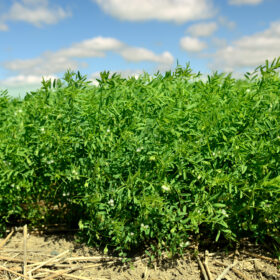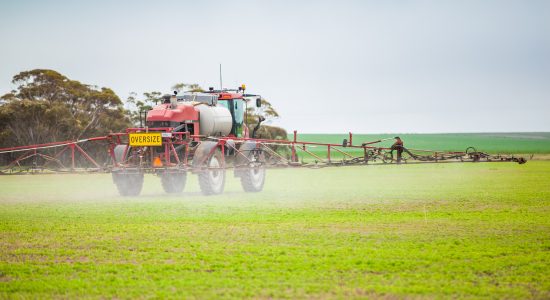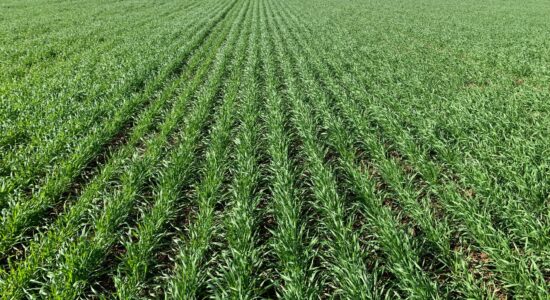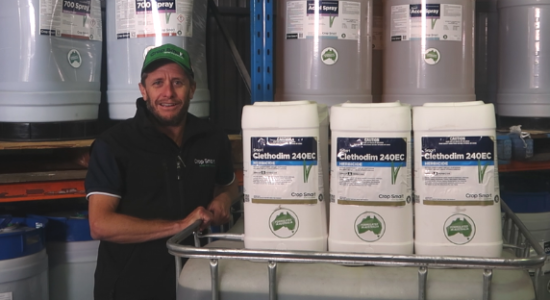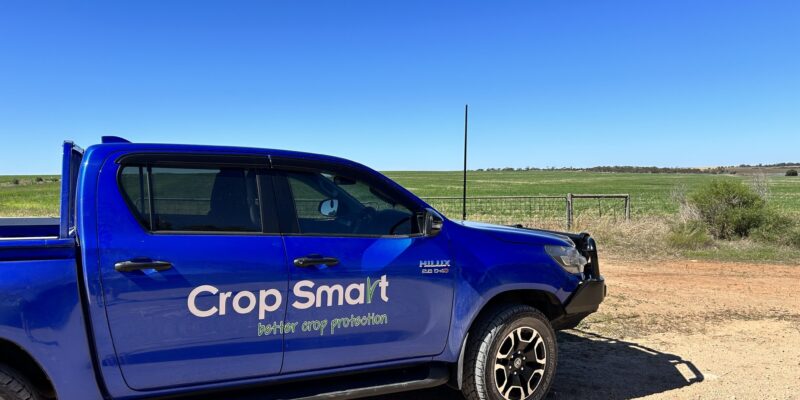
Market Update January 2024
We all like to see rain come but we’re not used to getting this much in summer! Driving around the countryside across our network the paddocks are green all across SA, VIC and NSW. The good news is that it sets us up for the season ahead with the moisture in the profile but the bad news is it’s impacting family holidays with spraying vs time with the family. We hope you’re able to get a balance this summer between family and summer spraying. We do move into 2024 with confidence with the moisture in the soil so expect to see this flow through the ag inputs market over the next 6 months.
Chemical Supply
Let’s be honest no one predicted this much summer rain and there’s been plenty said about the accuracy of weather forecasting but the clear message is the industry didn’t see this much rain coming and as a result weren’t prepared. This created a mad scramble to get more stock in and more stock made by suppliers to try and keep up. Up until now it looks like we’ve all done a pretty good job but the “straw that broke the camels back” was the DP World port strikes in Melbourne. You’re probably following this on the daily news channels but in short, DP world staff are holding industrial action against their employer looking for a pay rise. As a results of their action it has held up container unloading in key ports around Australia for all importers, the big one for us is the Melbourne port. Note this strike is only affecting container imports and not bulk fertiliser imports.
Where will you see an impact? You’ll start to see shortages of product until the dispute is finalised as containers of summer spraying product remain on ships in the harbour.
What does this mean? Simple – be extra organised with your product required over the next 3 months. If you’re not getting your sowing requirements ordered please start to do this. The biggest lesson we learnt over COVID was when you see uncertainty and volatility in the world the biggest risk is either a) not getting stock, or b) prices increases quickly and you pay more. The most expensive mistake here is not being organised and not being able to get supply. We are trying our best to get all of our customers looking 3 months forward so please get in touch with one of the team if we can help you plan.
Pricing on a lot of product is stable at the moment. Any decrease in pricing overseas is being offset by the current currency movement. Local demand is higher than supply so expect to see local pricing increase while there are shortages caused by the DP world industrial action. This will continue until the dispute ends.
Phosphate:
The global phosphate market continues to witness steady activity, with India and Europe maintaining current liquidity levels through purchases of Moroccan DAP, MAP, and TSP. In the U.S., two recent sales have been concluded, but the market is closely monitoring tight supplies and low inventory. Notably, China remains absent from the market, with indications suggesting this trend may persist until the end of March.
Nitrogen:
A busy start to the year with Urea pricing moving up approx. $100mt from early January. Buyers in Australia and Southeast Asia made purchases in early January, putting upward pressure on price. This coincided with global nitrogen producers implementing price increases, particularly in the Middle East and East Asia.
East Asian urea supply faces constraints due to limited exports from Indonesia and China, resulting in short-term price spikes. Brazil experienced rising prices and anticipation is building for demand in the U.S. and Europe. India’s tendering is expected in the second half of February, although supply constraints may accelerate this timeline.
FX:
In the foreign exchange market, U.S. 2-year yields have rebounded significantly from recent lows. Asian equities witnessed declines last week, influenced by soft local employment data and strong U.S. data at the week’s end. AUD/USD has recovered from an oversold position, with last week’s low coinciding with December lows and the 200-day moving average. The critical level of 0.6650 for AUD/USD marked a potential breakdown point last Tuesday.
Oil:
Supply disruptions in the U.S. and Russia caused a surge in prices, but caution ahead of key economic readings kept them in check. Russia stopped operations at a fuel export terminal due to an alleged attack by Ukrainian forces, and extreme cold weather in the U.S. led to stoppages at oil-producing sites.
Ongoing tensions in the Middle East, including the Israel-Hamas war and Houthi attacks on ships in the Red Sea, supported oil prices due to potential supply disruptions.
Brent oil futures for March dropped slightly to just under $80.0 a barrel, and West Texas Intermediate crude futures fell to $74.58 a barrel, though both were close to their highest point for 2024 (see Image 1 below).
Concerns about sluggish oil demand persisted, particularly with weaker-than-expected economic data from China. Anticipation of higher U.S. interest rates and key economic indicators, including GDP data and inflation measures, also influenced the market.
As always markets are closely watching economic data, central bank meetings, and global economic conditions, with fears of a slowdown in oil demand. Cold weather in the U.S. is additionally impacting fuel demand.
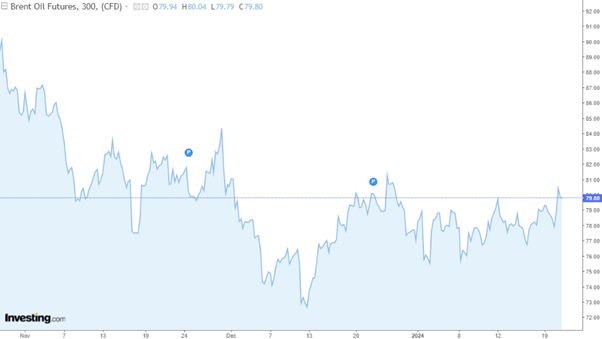
Image 1: Oil Futures, Nov 2023 to Jan 2024 (Investing.com)
Ocean Freight Challenges:
The ocean freight sector faces challenges, with thirty incidents of Iran-backed Houthi assaults on merchant vessels in the Red Sea recorded since November. A recent attack on an Egyptian vessel carrying phosphate rock to India underscores the risks. Container shipping costs remain elevated, leading to a rise in insurance premiums. Certain routes are now commanding higher rates to avoid issues in the Panama Canal and Red Sea which flows onto other markets.
Please ensure you stay informed about these key factors that may impact the availability and prices of essential agricultural inputs as things are moving rapidly.
Summary:
In summary all of this data points to demand exceeding supply. The clear message we need to make this month is to be organised for both summer and sowing. The most expensive mistake will be not getting supply and with the uncertainty and volatility on supply, coupled with the big rains meaning everyone will sow more crop and use more inputs, we think no supply is a genuine threat. The Crop Smart team are working above and beyond now to service you better than our competition so if we can help out in anyway please get in touch. We are all excited with the early signs of what the 2024 season can deliver for all of us.

